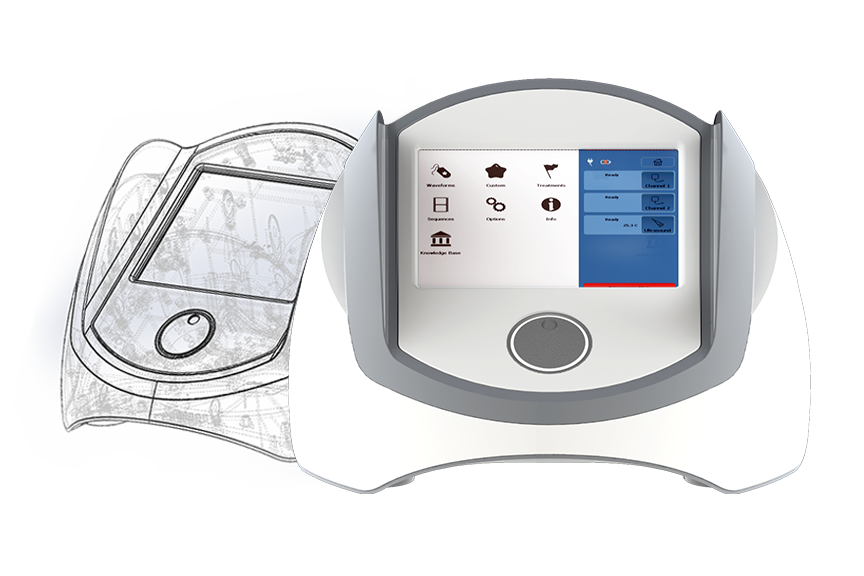The world of manufacturing has transformed completely in the last few decades. With access to technology and improvements in supply-chains, companies can now source parts from all over the globe. With this, competition has turned fierce, reducing margins and pushing companies to develop new products to widen their customer base. As a result, companies are adopting the Design for Manufacturing and Assembly (DFMA, DFM/A or DFM/DFA) processes which enable them to develop high-quality products quickly and at reduced production costs.
DFMA is a combination of two methodologies, Design for Manufacturing (DFM) and Design for Assembly (DFA). This combination enables efficient manufacturing and easy assembly of a product design. DFMA transforms the linear process of designing and manufacturing into a more collaborative one. Conventionally, product drawings would be prepared by a design engineer in isolation and then be handed over to the person who would oversee manufacturing. It is at this stage that the manufacturing and assembly processes would be determined. For DFMA, however, the product design is informed by how it will finally be manufactured and vice versa. It allows one to take any product design and adapt it to the existing manufacturing setup or to opt for low-cost processes that may be considered a rapid manufacturing upgrade.
However, achieving this level of collaboration not only requires new tools but also merits a holistic rethink of the integrated approach and how the parts and products are made. Sometimes product designers dream up complex designs which are extremely challenging to manufacture. Moreover, designers tend to use the latest tools and technologies in their designs. Manufacturing processes are rarely as advanced and changing an existing set up may prove too costly. Yet, it is only when the tools are well integrated that products can move from concept to manufacturing, quickly.
With DFMA, a company can prevent, detect, quantify and eliminate waste and manufacturing inefficiency at the drawing board. The design can be developed in accordance with manufacturing capabilities while eliminating multiple revisions and design changes that cause program delays and increase cost. The application of the DFMA method results in shorter spans of time required to assemble a unit, lower assembly cost, elimination of process waste and increased product reliability which eventually brings down overall developmental costs.
Apart from manufacturing, taking a medical product to market involves stringent regulatory guidelines that need to be met. Designing a new medical device for FDA approval requires thorough planning and a balance between technology development and product efficacy. Engineering design cost, future product cost constraints and time-to-market demands also need to be mapped. Manufacturers and designers of medical devices are required to abide by standards and guidelines which the FDA has issued to ensure the safety of users and patients.
At Johari Medtech, by simplifying and refining the product design process, we have calibrated our services in a way that facilitates easy designing of parts and components. This extends to our manufacturing processes which work in tandem with our design services to achieve cost reduction and quick delivery of the product.
Each unit assembled at our facilities is put together combining best practices in medical-technology design and manufacturing. For business queries, visit our OEM Section.

